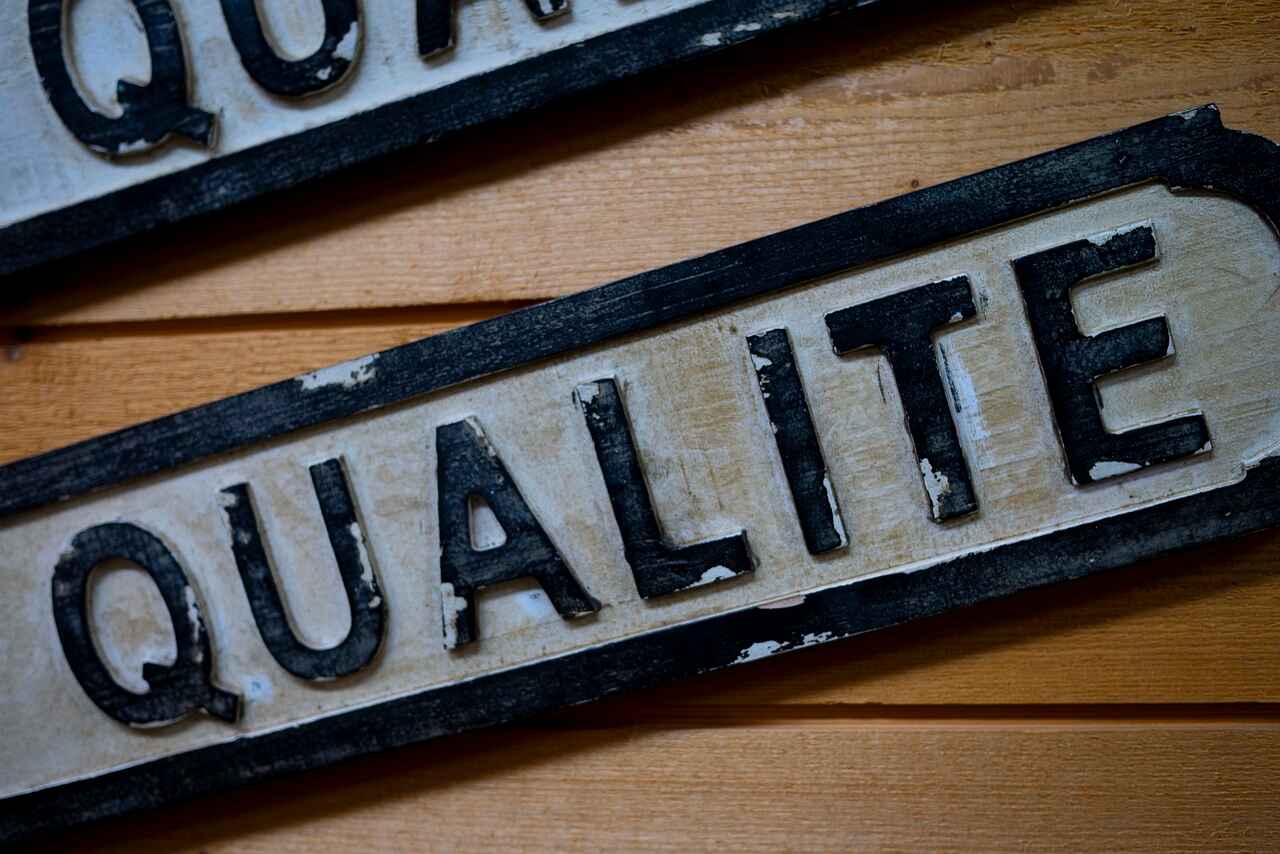Courses

ISO 9001:2015 is a standard developed by the International Organization for Standardization (ISO) that provides a framework for a quality management system (QMS) in organizations. It was released in September 2015 and is the latest version of the ISO 9001 standard.
The purpose of ISO 9001:2015 is to help organizations ensure that their products and services consistently meet customer requirements and regulatory requirements, and that they continuously improve their processes and operations. The standard outlines the requirements for a QMS, including areas such as leadership, risk management, planning, resource management, process management, and measurement and analysis.
ISO 9001:2015 is designed to be applicable to any type of organization, regardless of its size, industry, or product or service offering. It is often used as a basis for certification, with third-party certification bodies conducting audits of organizations to determine if they meet the requirements of the standard.
By implementing ISO 9001:2015, organizations can benefit from improved efficiency, increased customer satisfaction, and better risk management. It can also provide a competitive advantage, as customers and stakeholders often prefer to work with organizations that have a certified QMS in place.



